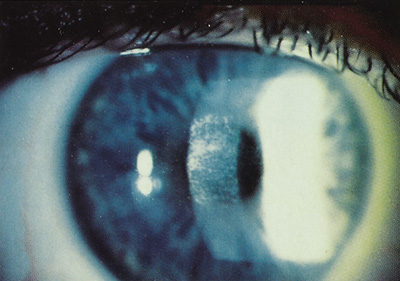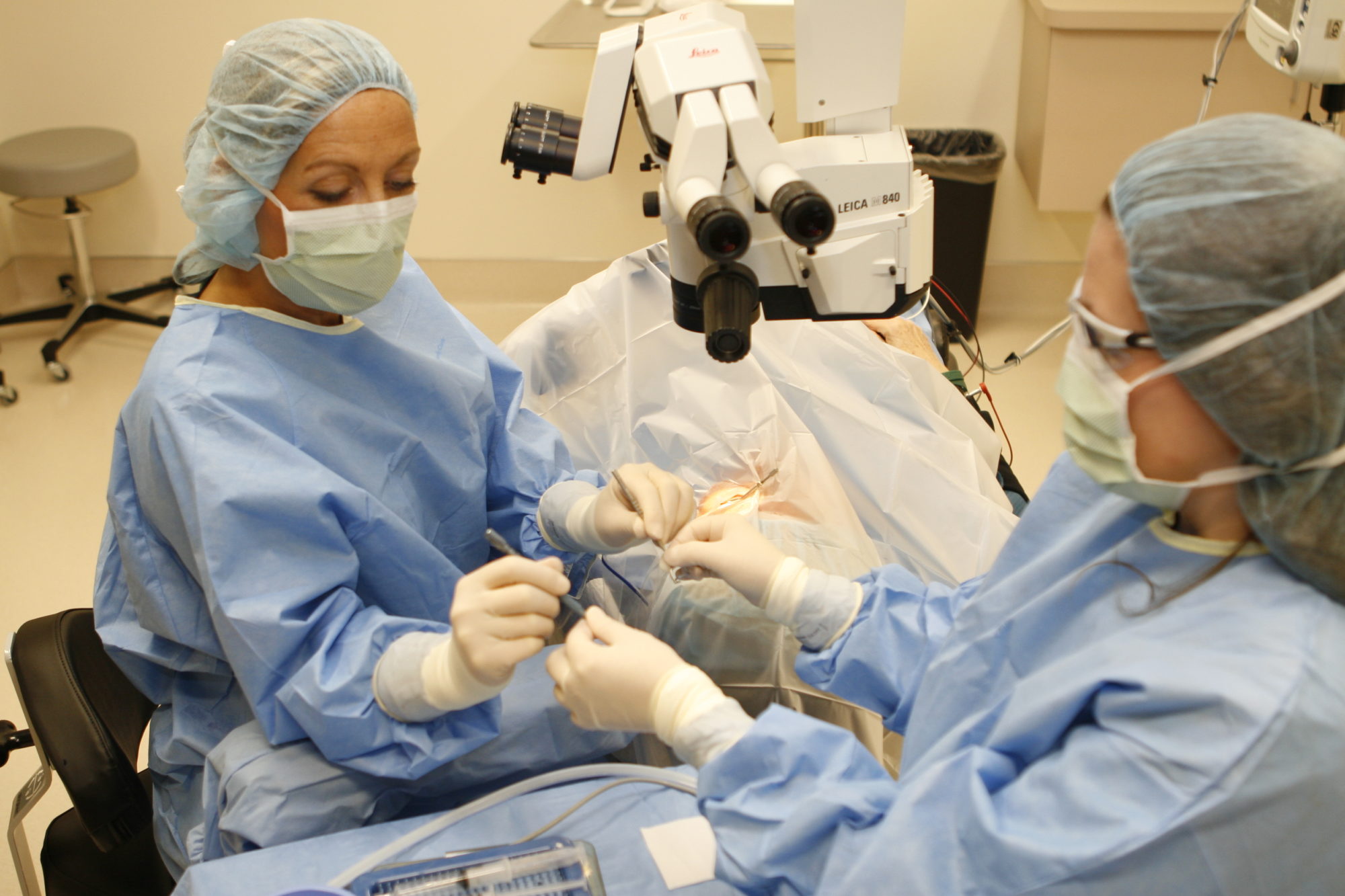Phototherapeutic Keratectomy, or widely known as PTK, is a surgical procedure to treat numerous ocular disorders using an excimer laser. It is one of the latest advances in eye care technology. The procedure is mainly performed to treat diseases that develop on the surface of the cornea or corneal injury. The cornea is the outermost layer of the eye that acts as a window covering the front of the eye. It involves removing a small outer layer of tissue from the cornea. The procedure can treat various corneal dystrophies such as granular dystrophy, recurrent epithelial erosion syndrome (REES), as well as scars on the cornea. This type of surgery is usually performed after other types of treatments have failed. The procedure is done for therapeutic reasons. In addition, it can be used for refractive indications. This procedure is not aimed to remove the need to wear contact lenses or glasses, but it can be combined with photorefractive keratectomy (PRK). When combined with PRK, the procedure has a medical and cosmetic application.

Why would I undergo PTK?
PTK is a treatment option for corneal dystrophies, which is a group of rare diseases that affect the cornea. Corneal dystrophies have over 20 types, which causes foreign material to build up in one or more layers of the cornea. These diseases can result in cloudy and blurry vision. Corneal dystrophies usually run in families, may occur even when someone has good health and usually affects both eyes. Corneal dystrophies can get worse slowly and take years until you notice any signs. Some people even experience no symptoms. Corneal dystrophies are categorized by the layer of the cornea affected. These categories include:
- Anterior or superficial corneal dystrophies, which occur in the outer two layers of the cornea, the Bowman’s membrane and epithelium. These include epithelial basement membrane dystrophy, Reis-Bucklers corneal dystrophy, Meesmann corneal dystrophy, Lisch corneal dystrophy, and Thiel-Behnke corneal dystrophy. Most of these corneal dystrophies can start before the age of 20. However, it may take years before your eyesight is clouded.
- Stromal corneal dystrophies usually happen in the center layer of your cornea (stroma). They can also progress and affect other layers. These include granular dystrophy, macular dystrophy, lattice dystrophy, Schnyder crystalline dystrophy, and gelatinous drop-like dystrophy. This type of dystrophy usually starts during childhood or teenage years.
- Posterior corneal dystrophies affect the two innermost layers of your cornea, including the endothelium and the Descemet membrane. This type of dystrophy includes Fuchs’ endothelial corneal dystrophy, congenital hereditary endothelial dystrophy, and posterior polymorphous corneal dystrophy. These dystrophies can start early in life; some people develop the dystrophy at birth.
PTK can also treat scars on the cornea and a medical condition known as recurrent epithelial erosion syndrome (REES), which is a condition where the outer layer of the cornea blisters or wears away.
Will PTK work for me?
Before PTK, your doctor needs to perform a preoperative evaluation to make sure the procedure is right for you and the outcome will be successful. PTK is generally performed on people who are in good health and are looking to improve their eyesight. Note that you will still need glasses or contact lenses after this procedure. It is usually not recommended if you have systemic diseases, such as collagen vascular diseases (systemic lupus erythematosus, rheumatoid arthritis) and uncontrolled diabetes, as these diseases may delay epithelial healing.
What happens during PTK?
PTK is normally performed under topical anesthesia. However, if PTK is combined with another procedure, such as PRK, the surgery is done under local anesthesia. When the procedure is done in pediatric patients, general anesthesia is involved. During the procedure, your doctor will remove the first layer of the cornea (epithelium) using an alcohol solution. Then, your doctor will apply the excimer laser to the eye to remove a thin layer of your affected cornea. Once the surgery is finished, your doctor will put a contact lens bandage in place to reduce pain and to provide a better healing environment.

What can I expect about the recovery period?
Your surgeon will prescribe some medications, including steroid eye drops, moisturizing eye drops, and antibiotics. It is important to take these medications as well as using the eye drops as they will help with any discomfort or pain you may feel. Remember to follow your doctor’s post-operative instructions so you can have a smooth recovery. You need to take things easy for a few days. Take several days off work and avoid any strenuous activities. Try not to rub or touch your eyes. You can wear a plastic eye shield to stop yourself from touching or rubbing your eyes. It is normal for you to experience hazy or blurry eyesight for the first week and it will subside within a month. In general, you can feel the full improvement within 3 to 6 months.
What is the success rate of PTK?
Although PTK has been around for more than 20 years, it is still considered as one of the newest eye treatment technologies. PTK is very effective and it has a success rate of more than 90%. This procedure offers long-term results and is minimally invasive.
What are the risks of PTK?
Just like any kind of surgery, PTK comes with risks and side effects. These risks include corneal haze or bacterial infection, which are mild and will disappear over time. However, they can be permanent in some rare cases. If you feel that something is wrong with your eyes after the surgery, it is highly advisable to call your doctor immediately.
What makes PTK different from LASIK?
PTK is very similar to LASIK. The preparation, procedure, and aftercare are the same, but they’re two different procedures to treat different diseases. LASIK is performed to correct your vision and remove the need to wear contact lenses or glasses, while PTK is performed to treat surface-level corneal disease and it can’t correct vision. After PTK, you will still need to wear contact lenses or glasses.

